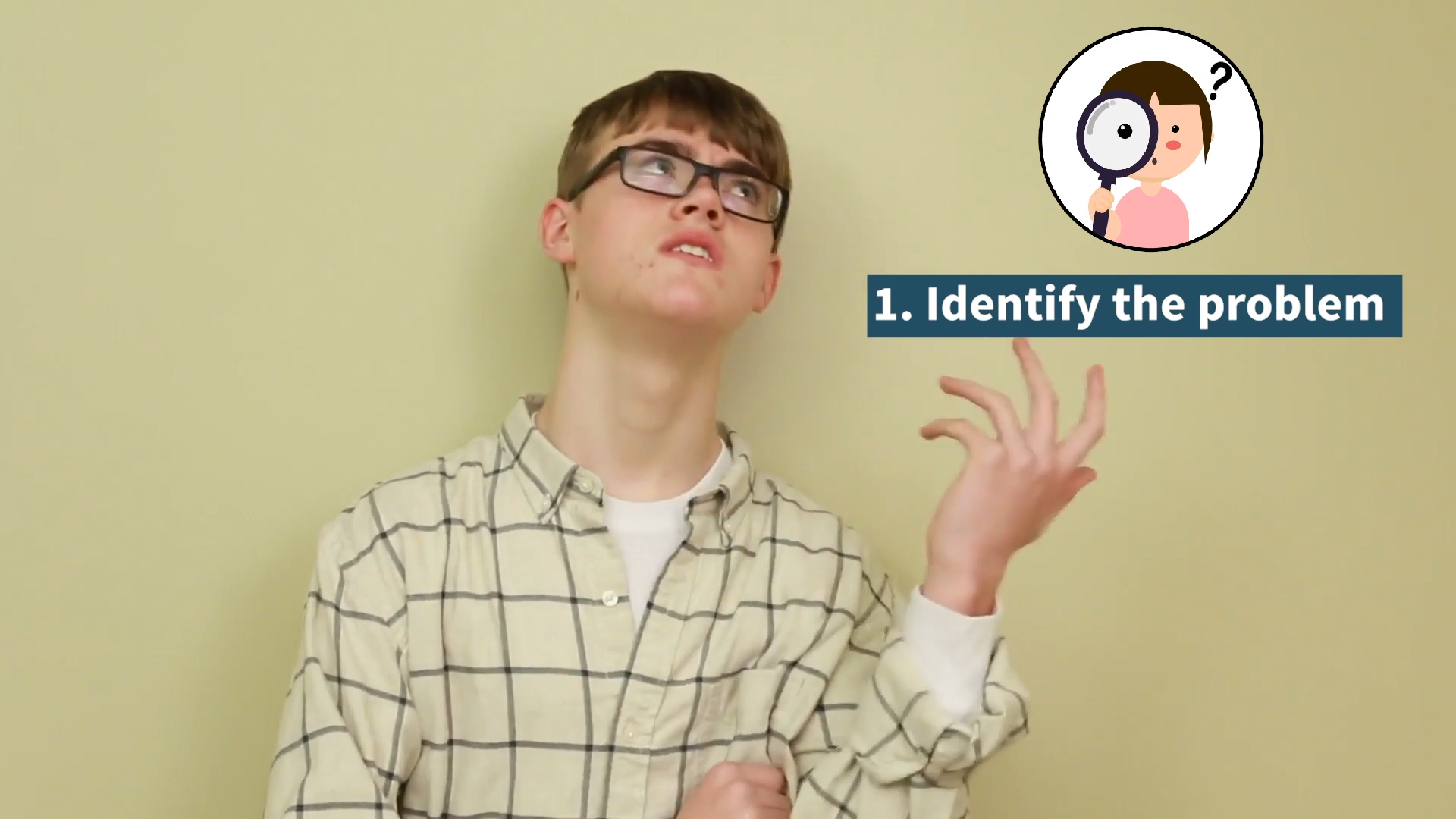
Introduction
In our everyday lives, we all face problems, whether at school or at home. To help students become better and more independent problem-solvers, educators can teach them the Problem Solving Steps. This structured approach allows students to identify, analyze, and resolve issues on their own or with the help of others. These skills are essential for special education students, as they promote self-reliance and adaptability in various situations.
No-Prep Activity
Here’s an activity that requires no preparation or materials from the educator to teach the Problem Solving Steps:
- Divide the students into small groups.
- Present a common problem scenario, such as forgetting to bring lunch to school or losing a personal item.
- Ask each group to discuss and apply the Problem Solving Steps to the given scenario:
- Identify the problem.
- Decide if they need help or can handle it by themselves.
- Come up with a few solutions to try.
- Choose the best solution by playing out each one in their minds.
- Decide if the problem is solved or if they need to try again.
- After 10-15 minutes, ask each group to share their chosen solution and the thought process behind it.
This activity encourages students to practice the Problem Solving Steps in a collaborative setting, allowing them to learn from their peers and improve their problem-solving abilities.
Discussion Questions
After completing the no-prep activity, use these questions to stimulate further discussions:
- How did working together help you come up with better solutions to the problem?
- Can you think of a time when you used the Problem Solving Steps in your own life? What was the outcome?
- What challenges did you face while trying to find a solution, and how did you overcome them?
- How can you apply the Problem Solving Steps to other areas of your life, such as at home or in your community?
Related Skills
Teaching the Problem Solving Steps not only improves students’ ability to tackle issues but also develops other essential skills, such as:
- Communication: Students learn to express their thoughts and ideas effectively while discussing problems and potential solutions.
- Collaboration: Working in groups to solve problems helps students develop teamwork and cooperation skills.
- Empathy: Considering the feelings of others while choosing a solution fosters empathy and understanding.
- Decision-making: Evaluating multiple solutions and selecting the best one improves decision-making abilities.
Next Steps
To further enhance your students’ problem-solving skills and explore other Social-Emotional Learning concepts, sign up for free samples of skill activities and more at Everyday Speech. Equip yourself with valuable resources to support your students’ growth and development in all aspects of their lives.

